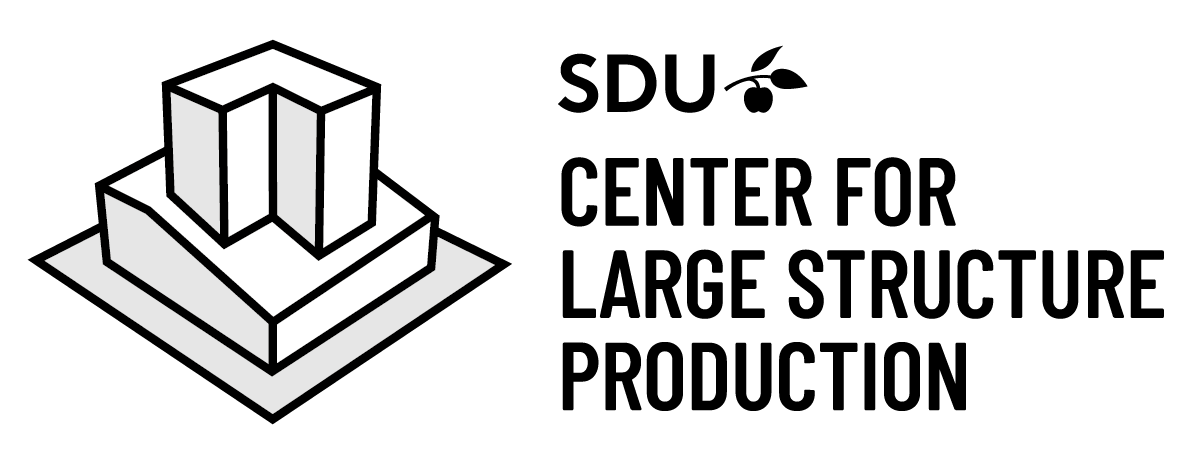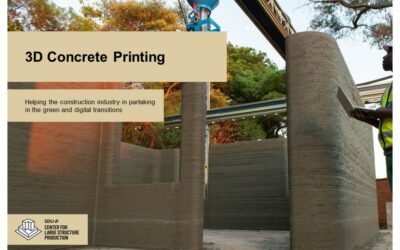Currently, the production of offshore structures, like those we see in windmills is a long and arduous process. The production sequence begins with raw steel plates being blasted, cut, and bent for the welding of pipe segments of various sizes which are then assembled into more complex structures. Later, the interior and exterior surfaces and details of the final structures are cleaned and painted in several functional layers to protect from corrosion by seawater.
This laborious process requires many manual workers. As is generally characteristic for the production of large structures, manufacturers for offshore structures, such as Bladt in Denmark, suffer from low worker availability, high labor costs, and global competition. Whilst recent years have seen some attempts to use robotics in the production of offshore structures, the sheer dimensions of these projects require a high level of flexibility and semi-autonomy at great heights. Conventional robotics solutions have fallen short, and yet studies on robotic welding have been shown to decrease manufacturing costs in high-wage countries and increase shipyard productivity by more than 30% on repetitive tasks.
The LSP center however has developed a novel robotics solution that brings the benefits of robotization to manufacturers of large offshore structures, whilst addressing the highly specific needs of their industry. This is a system currently in development, with the refinement of the prototype currently underway. Previous uses of robotic welding suggest that worker well-being will benefit significantly, whilst improving efficiency and addressing the worker shortage.








